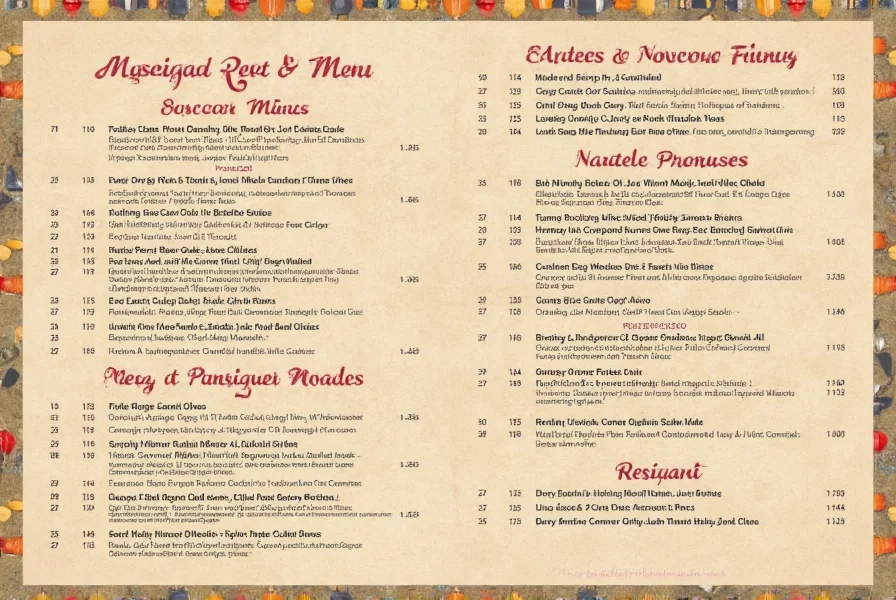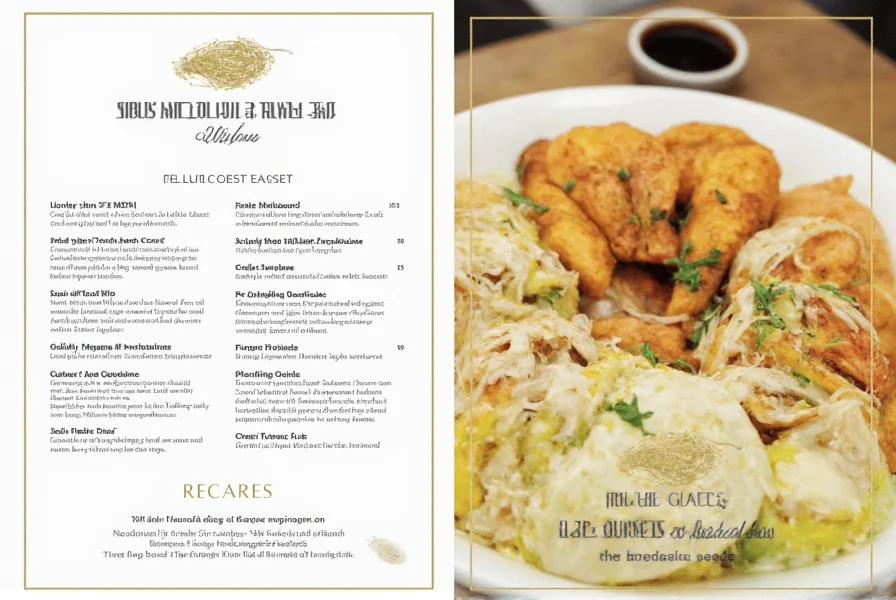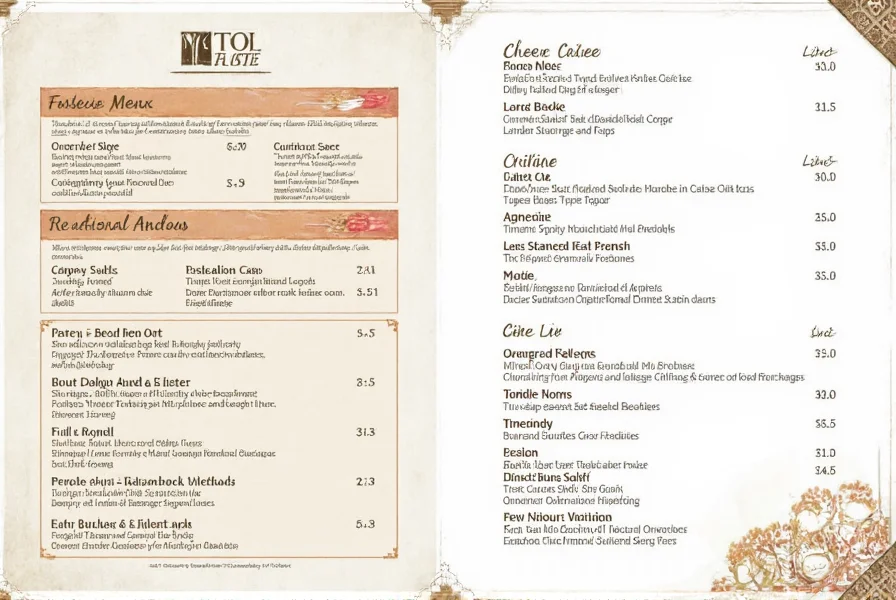Mustard seeds have been a cornerstone of global culinary traditions for centuries. These tiny but potent seeds come in three primary varieties—yellow, brown, and black—each offering unique flavor profiles and culinary applications. Understanding how to incorporate them into your menu planning can transform ordinary dishes into extraordinary culinary experiences.
The Culinary Significance of Mustard Seeds
Mustard seeds serve as both a flavor enhancer and textural element in countless dishes worldwide. When heated in oil, they pop and release aromatic compounds that form the foundation of many Indian tadka (tempering) techniques. This simple process unlocks complex flavors that permeate entire dishes.
Chefs specializing in global cuisines recognize mustard seeds as essential components in their flavor arsenal. The seeds' ability to complement both vegetarian and non-vegetarian dishes makes them invaluable for creating balanced menus that appeal to diverse palates.
Mustard Seed Varieties and Their Menu Applications
Understanding the differences between mustard seed varieties helps chefs create more nuanced menus:
| Seed Type | Flavor Profile | Best Menu Applications |
|---|---|---|
| Yellow Mustard Seeds | Mild, slightly tangy | Pickling, salad dressings, American-style mustard |
| Brown Mustard Seeds | Sharp, pungent, complex | Indian curries, stir-fries, spice blends |
| Black Mustard Seeds | Strongest, nutty, intense heat | Traditional Indian dishes, specialty condiments |
Restaurants Featuring “Mustard Seed” in Their Name
Several notable restaurants incorporate “Mustard Seed” into their branding, each with distinctive menu approaches. These establishments often emphasize farm-to-table ingredients, artisanal preparations, or regional specialties that highlight mustard's versatility.
When researching a specific “Mustard Seed” restaurant menu, consider these factors that influence their culinary direction:
- Geographic location and regional culinary influences
- Seasonal ingredient availability
- Chef's culinary background and specialty
- Target customer preferences and dietary trends

Creating Your Own Mustard Seed-Inspired Menu
Developing a cohesive menu featuring mustard seeds requires thoughtful planning. Start by considering the role mustard seeds will play—as a featured ingredient, subtle accent, or foundational flavor element.
Successful mustard seed menu planning involves:
- Understanding flavor pairings that complement mustard's pungency
- Selecting appropriate seed varieties for each dish
- Mastering cooking techniques that maximize flavor release
- Considering dietary restrictions and preferences
- Balancing traditional and innovative applications
For home cooks exploring mustard seed menus, begin with simple preparations like tempering seeds in oil before adding vegetables or proteins. This technique, common in South Asian cooking, creates an aromatic base that elevates entire dishes with minimal effort.
Signature Dishes Featuring Mustard Seeds
Chefs worldwide have developed signature dishes that showcase mustard seeds' versatility. Popular menu items often include:
- Mustard seed-crusted salmon with citrus glaze
- Traditional Bengali posto (poppy seed) curry with mustard oil
- Mustard seed and herb roasted vegetables
- Spiced mustard seed pickles and chutneys
- Mustard seed-infused vinaigrettes for salad menus
When incorporating mustard seeds into your menu planning, remember that their flavor intensifies with cooking time. Shorter cooking preserves their distinctive pop and sharper flavor, while longer cooking integrates their essence more subtly throughout the dish.

Menu Planning Considerations for Mustard Seed Dishes
Creating a balanced menu featuring mustard seeds requires attention to several factors:
- Dietary accommodations: Mustard seeds are naturally gluten-free and vegan, making them suitable for many dietary restrictions
- Flavor balance: Counterbalance mustard's pungency with complementary sweet, sour, or creamy elements
- Texture considerations: Whole seeds provide pleasant pops of texture, while ground seeds create smoother preparations
- Seasonal variations: Adjust mustard seed usage based on seasonal ingredients and customer preferences
Professional chefs note that successful mustard seed menu integration often involves educating customers about the ingredient's culinary significance. Menu descriptions that explain the role of mustard seeds in specific dishes can enhance the dining experience and encourage adventurous ordering.
Conclusion
Whether you're exploring a restaurant named “Mustard Seed” or developing a menu featuring this versatile spice, understanding mustard seeds' culinary applications enriches your dining or cooking experience. Their distinctive flavor profile and global culinary significance make them valuable components in diverse menu planning approaches.
By thoughtfully incorporating mustard seeds into your culinary repertoire, you can create memorable dishes that showcase this ancient spice's enduring appeal across cultures and cuisines.
What is a mustard seed menu?
A mustard seed menu typically refers to either a restaurant named “Mustard Seed” and its culinary offerings, or a menu concept featuring dishes that prominently incorporate mustard seeds as a key ingredient in various culinary preparations.
How do chefs use mustard seeds in restaurant menus?
Chefs use mustard seeds in various ways including tempering them in hot oil to release flavors, incorporating them into spice blends, using them as crusts for proteins, adding them to pickles and chutneys, and including them in dressings and marinades to enhance overall dish complexity.
Are mustard seeds suitable for special dietary menus?
Yes, mustard seeds are naturally gluten-free, vegan, and paleo-friendly, making them suitable for many special dietary menus. They provide flavor complexity without compromising common dietary restrictions when used appropriately in menu planning.
What’s the difference between yellow, brown, and black mustard seeds in menu planning?
Yellow mustard seeds have a mild flavor ideal for pickling and dressings, brown seeds offer a sharper, more complex flavor perfect for curries and stir-fries, while black mustard seeds provide the strongest, nuttiest flavor best suited for traditional Indian dishes and specialty condiments.
How can I find a restaurant called “Mustard Seed” menu?
To find a specific restaurant named “Mustard Seed,” search using the restaurant's full name plus its city or region. Many restaurants post their current menus on their official websites or popular restaurant listing platforms, which typically include location-specific information.











 浙公网安备
33010002000092号
浙公网安备
33010002000092号 浙B2-20120091-4
浙B2-20120091-4